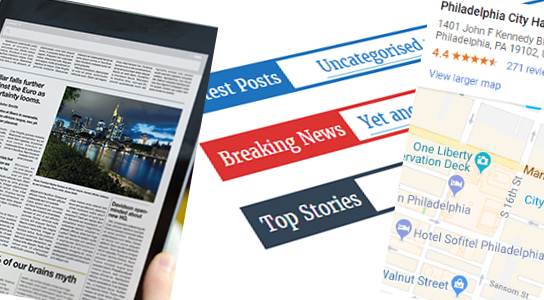The Knowledge and How to Get it: Part Two
Part Two of an edited transcription of the presentation delivered by Hans Hillen (in person) and Ricky Onsman (via video) on 15 March at CSUN 2023, in which they share some of their experiences setting up the TPGi Knowledge Center.









